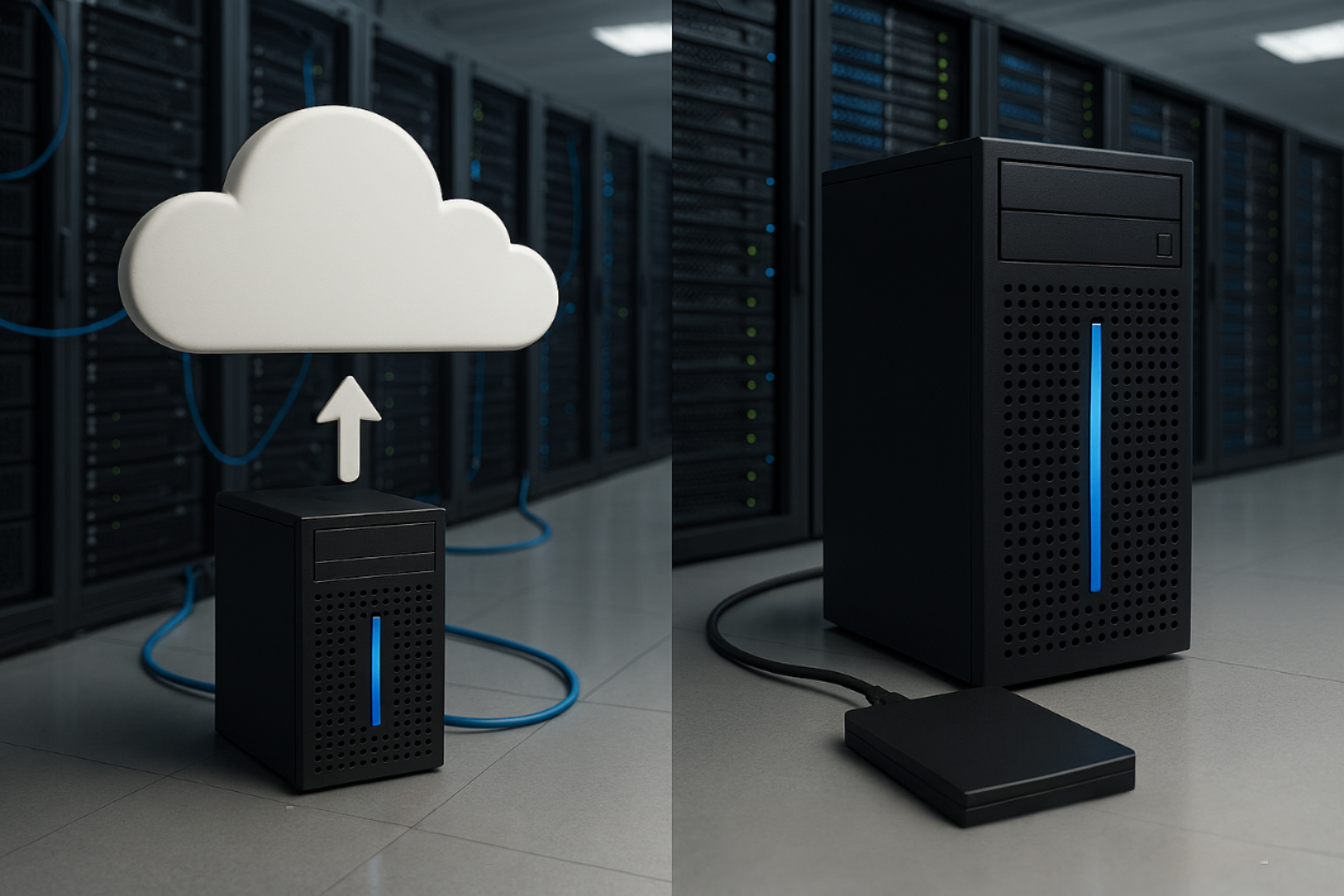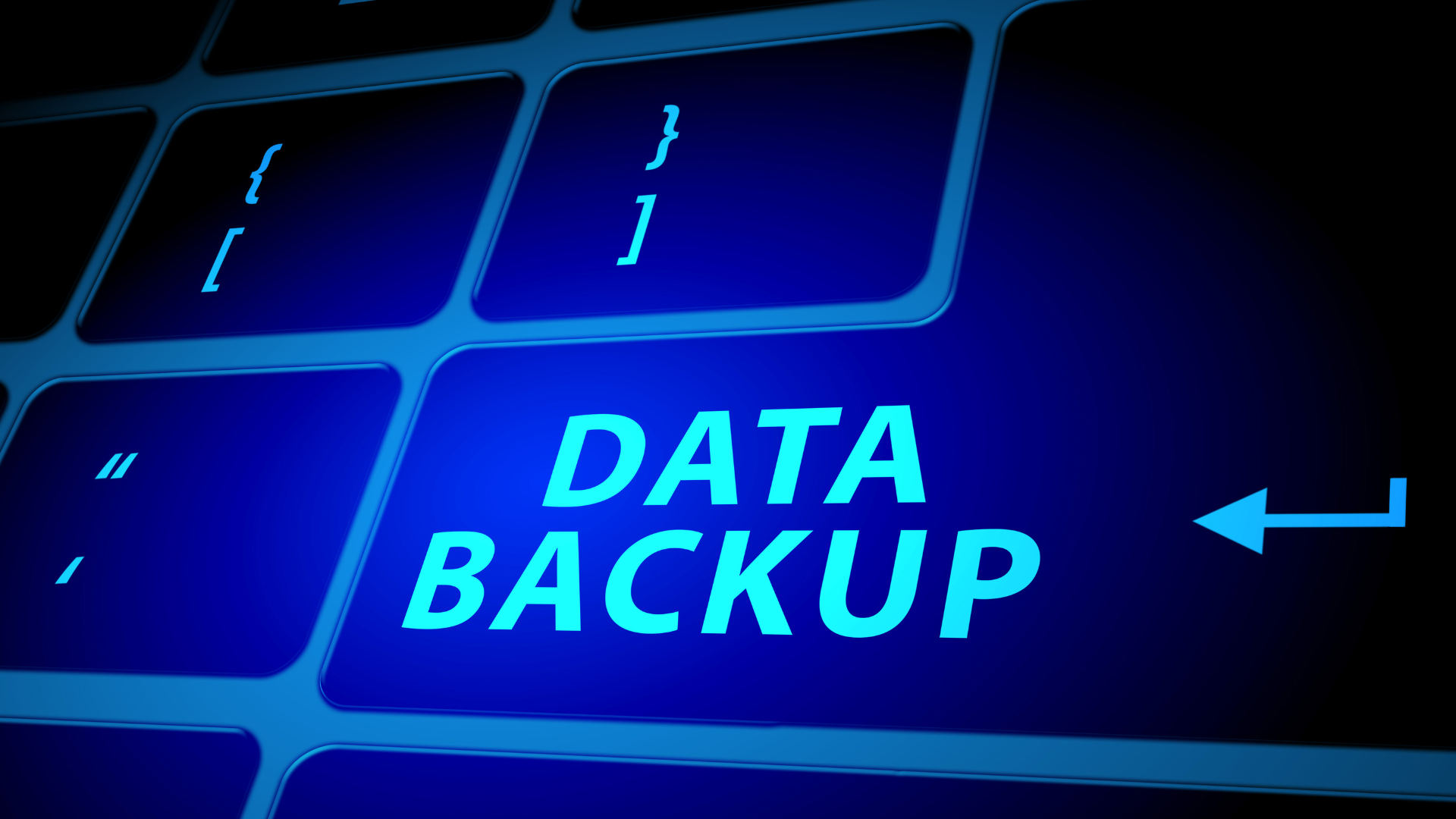Why Antivirus Alone Isn’t Enough in 2025
Welcome to Cybersecurity Awareness Month! A time to rethink how your business protects its data, people, and reputation.This is the first in our 5-part series exploring the key pillars of modern cyber protection and how to build resilience against today’s evolving threats.
The Antivirus Myth: “We’ve got antivirus, so we’re covered.”
It’s one of the most common misconceptions in business IT. Traditional antivirus tools were built to detect known threats, but today’s attacks are stealthy, fast, and often unknown until it’s too late.
Cybercriminals now use AI, zero-day exploits, and social engineering to bypass basic defences. That means antivirus alone is no longer enough.
Today’s Threat Landscape Includes:
- Ransomware that encrypts your data and demands payment
- Phishing attacks that trick employees into giving away credentials
- Zero-day exploits that target unpatched systems
- Insider threats from compromised or careless users
What You Need Instead: A Multi-Layered Cyber Protection Strategy
To stay protected, businesses need more than just antivirus. They need a comprehensive, integrated approach that covers every angle of cyber risk.
🔐 Layer 1: Backup & Recovery
Backups protect your data from ransomware, accidental deletion, and corruption. Recovery tools ensure you can restore operations quickly, but not all backups are created equal.
Look for:
- Automated, verified backups
- Immutable storage
- Granular recovery options
Why It Matters: If your backup is compromised, your business is exposed.
🧠 Layer 2: Advanced Anti-Malware
Modern malware is designed to evade traditional antivirus. Advanced anti-malware uses behaviour-based detection and AI to spot threats before they execute.
It can identify:
- Unknown malware
- Fileless attacks
- Suspicious patterns
Why It Matters: You need tools that evolve with the threat landscape.
🔧 Layer 3: Patch Management
Unpatched software is one of the easiest ways for attackers to get in. Patch management ensures your systems are up to date and secure without manual effort.
Benefits include:
- Reduced vulnerabilities
- Compliance support
- Avoided downtime
Why It Matters: Every missed update is a potential breach.
📧 Layer 4: Email Security
Email remains the #1 attack vector. Phishing, spoofing, and malicious attachments can trick even savvy users.
Email security helps:
- Filter threats before they reach your team
- Train users to spot suspicious messages
Why It Matters: One click can compromise your entire network.
🖥️ Layer 5: Endpoint Detection & Response (EDR)
EDR tools monitor every device for suspicious behaviour and respond automatically. They detect lateral movement, privilege escalation, and unusual activity.
EDR enables you to:
- Contain threats
- Investigate incidents
- Prevent repeat attacks
Why It Matters: Real-time monitoring means faster, smarter responses.
One Platform. Total Protection.
At Indiko Data, we help businesses implement Acronis Cyber Protect, combining all five layers into one integrated solution. No more juggling tools. No more gaps. Just unified cyber protection that evolves with your business.
Simplicity = Security.
👉 Ready to rethink your cybersecurity strategy?
Contact Indiko Data today to learn how we can help.











